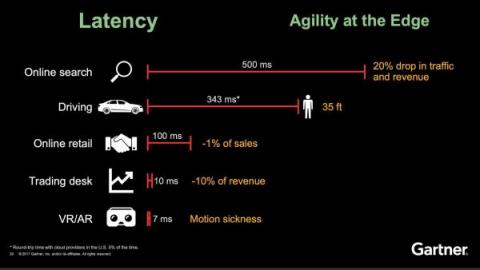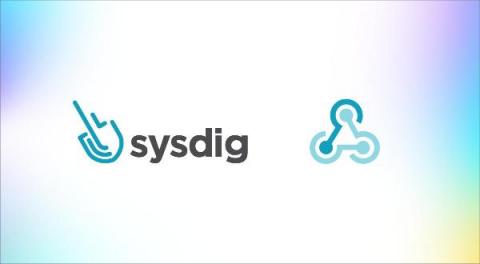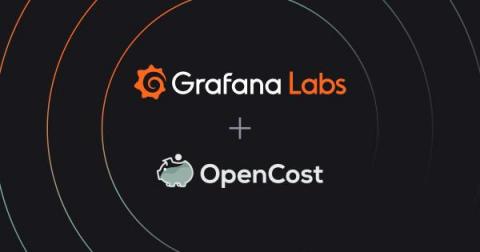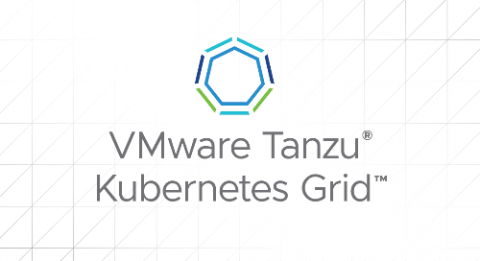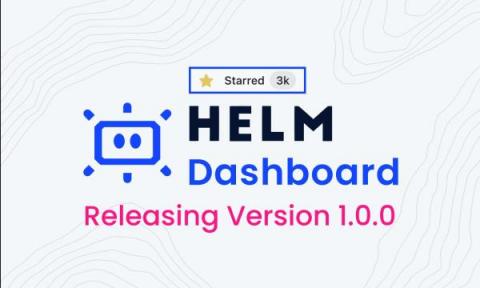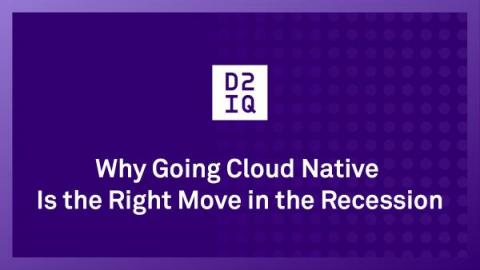SRE Principles for Edge Management and Improving Resiliency Using the Best of Kubernetes
This post was co-written by Kirti Apte and Gabry (Maria Gabriella) Brodi. Over the last couple of years, customers have been adopting Kubernetes and microservice-based application deployment models for various technology and business reasons. In fact, there is a trend that customers are now looking to the next set of use cases that include applications across multiple clouds, as well as edge clouds.


